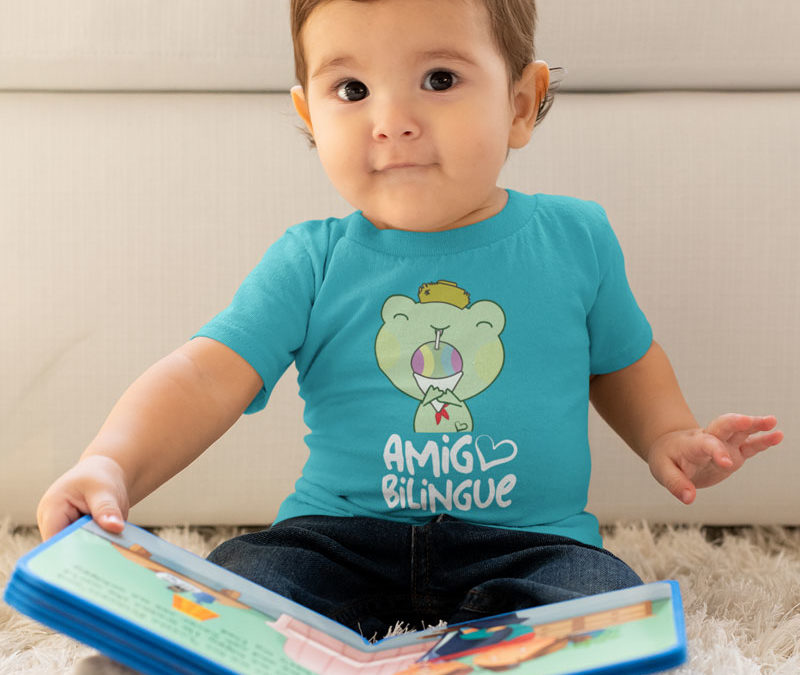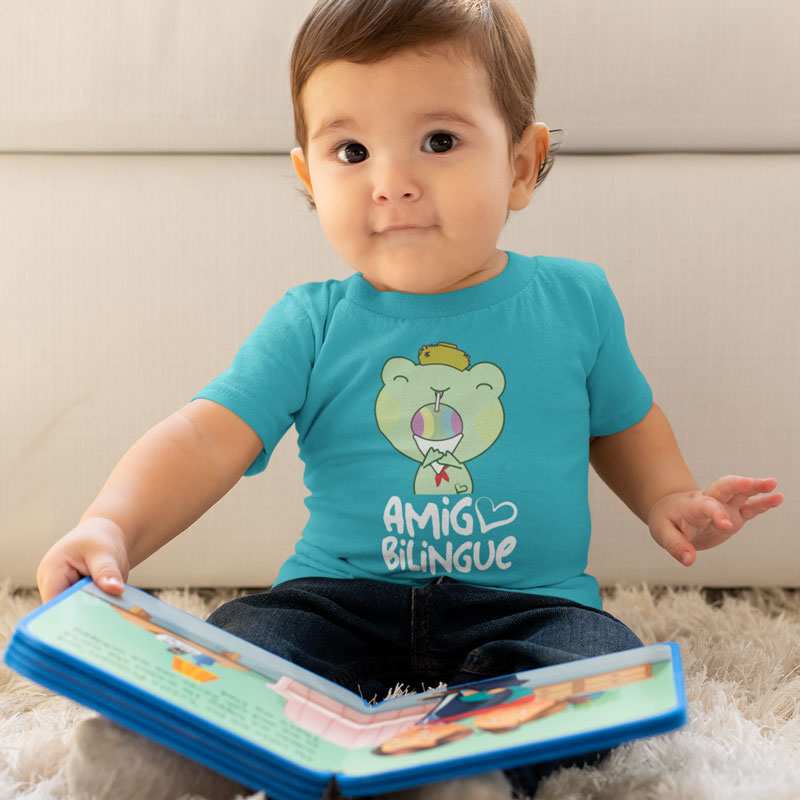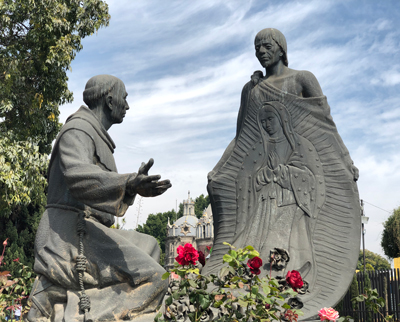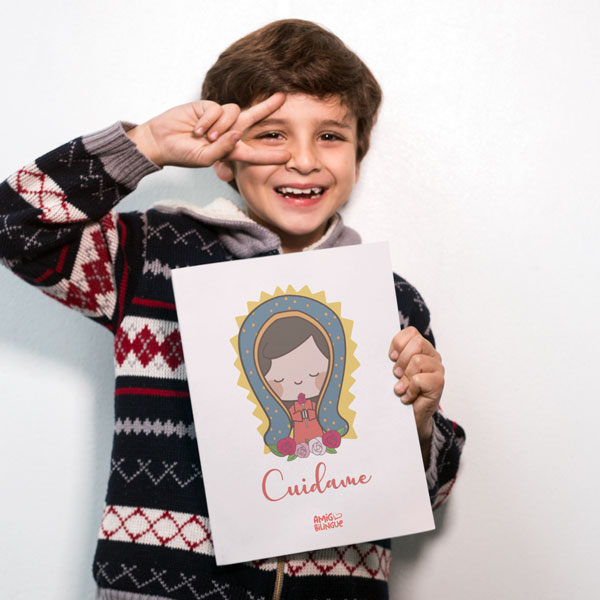
The natural approach for second language aquisition
Becoming bilingual doesn’t have to be hard.
By: Camila Garcia Voelkl.
Written for Michuchutren, Spanish immersion center
Let me start by asking you how did you learn your mother tongue? How many classes did you take to learn how to call your mom or how to ask for more food when you were a baby? None.
We, start learning our first language since we are in our mother’s womb by listening and trying to make sense of sounds. Once we are born, we create associations between images and sounds, making sense of words and their meanings. We learn through listening, watching, and daily experiences. Your mother tongue makes sense because you can use it to fulfill your needs (Asking for more food, demanding attention, playing) and because with it, we can express our feelings to the people around us.
When our children are learning to talk, we do not worry about buying workbooks or following a specific method to teach them the grammar and rules of the language. Once they have enough knowledge of the language and the right age, they start reading, comprehending, and understanding the rules. This process takes years, right?
Well then, why do we expect the acquisition of the second language to be different? Why do we think we need a precise curriculum, lots of workbooks, and tedious grammar lessons to teach our children a second language?
Let me tell you about the theory of “The natural approach” developed by Professor Stephen Krashen and education theorist Tracy Terrell in the late 1970s.
The Natural Way Approach
Following the logic of what I was telling you before, the natural approach is based on learning a second language in the same way we learned our first. Our brains are capable of learning as many languages as we want to (the younger, the better) and, each person learns them at their own pace.
If we compare five kids at the age of 2, will they all have the same vocabulary, language abilities, and same pronunciation? No, they are all different not only because of the degree of exposure to the language but because of their own learning capabilities. The same happens when learning a second or third language.
The Natural way is developed to learn in the same way we learned when we were babies. The teacher speaks only the target language (Full immersion) and students may use either the first or second language while they acquire a better understanding of the target language. The class is devoted primarily to provide input for acquisition. So, what does this mean:
The main goal is to comprehend/understand by listening and making associations with previous knowledge before the student starts trying to repeat and learn how to talk in the language.
The class is developed by creating interest and making the topic relevant for the student. Why does a kid want to learn a second language if they do not feel it is actually useful for them? Or has nothing to do with what they like or not? Therefore, the natural way encourages the interest of the students through their personal interests.
The intend is not related to grammatical rules. The main objective is not to learn the correct way of writing or saying something but to focus on the goal of being able to communicate. Let’s go back to the example of the toddler learning to talk. It is cute to hear a baby babbling and trying to figure out how to say something, isn’t it? Then, we need to see the process of the second language in the same way. It is totally fine to have a “babbling” phase where the student is trying to find the words to communicate something without paying attention if it is grammatically correct.
Students do not have to talk in their second language until they feel they are ready, and there is not a specific time-lapse for that. There are children who in a couple of months will feel comfortable enough to start trying to “babble” and some may take years to get to that point.

“Acquisition requires meaningful interaction in the target language – natural communication – in which speakers are concerned not with the form of their utterances but with the messages they are conveying and understanding”.
(Stephen Krashen)
Therefore, if you are thinking about learning a second language or teaching it to your children, think about it as a process, not a result. The learning journey takes a lifetime (same as with your main language in which you continue learning new words and concepts throughout your whole life). It is not a timed process and, there is no rush to be perfectly proficient. It should go naturally with your own learning process.
Remember that the main purpose of learning another language is being able to communicate with others, so:

- Focus on communication and not on perfection.
- There is no need to go through extensive use of conscious grammatical rules since the beginning.
- Go beyond the books and look for meaningful experiences.
- Get immersed in the language from the beginning, do not look for translations.
Enjoy the journey!
If you find this post helpful, help us share it with other parents to raise awareness of cultural diversity. Join our mailing list and become and Amigo Bilingue.




